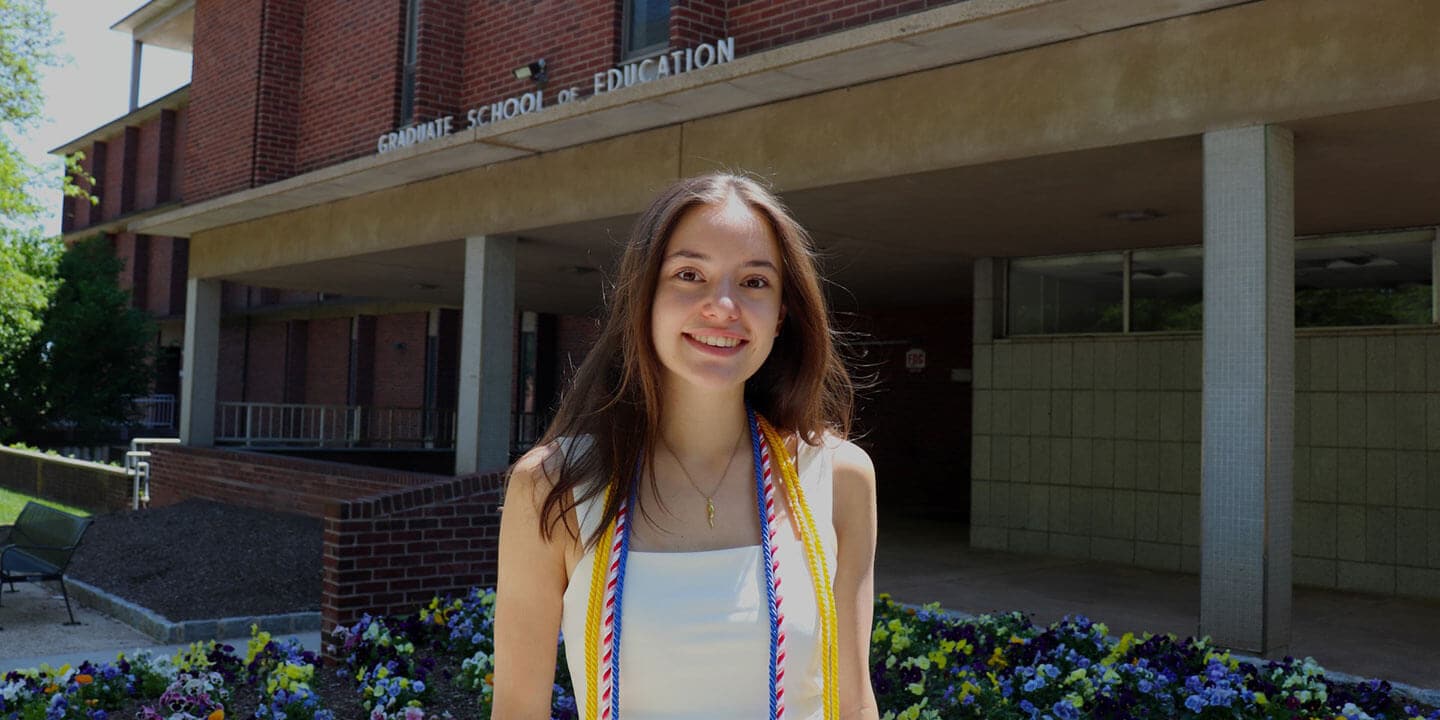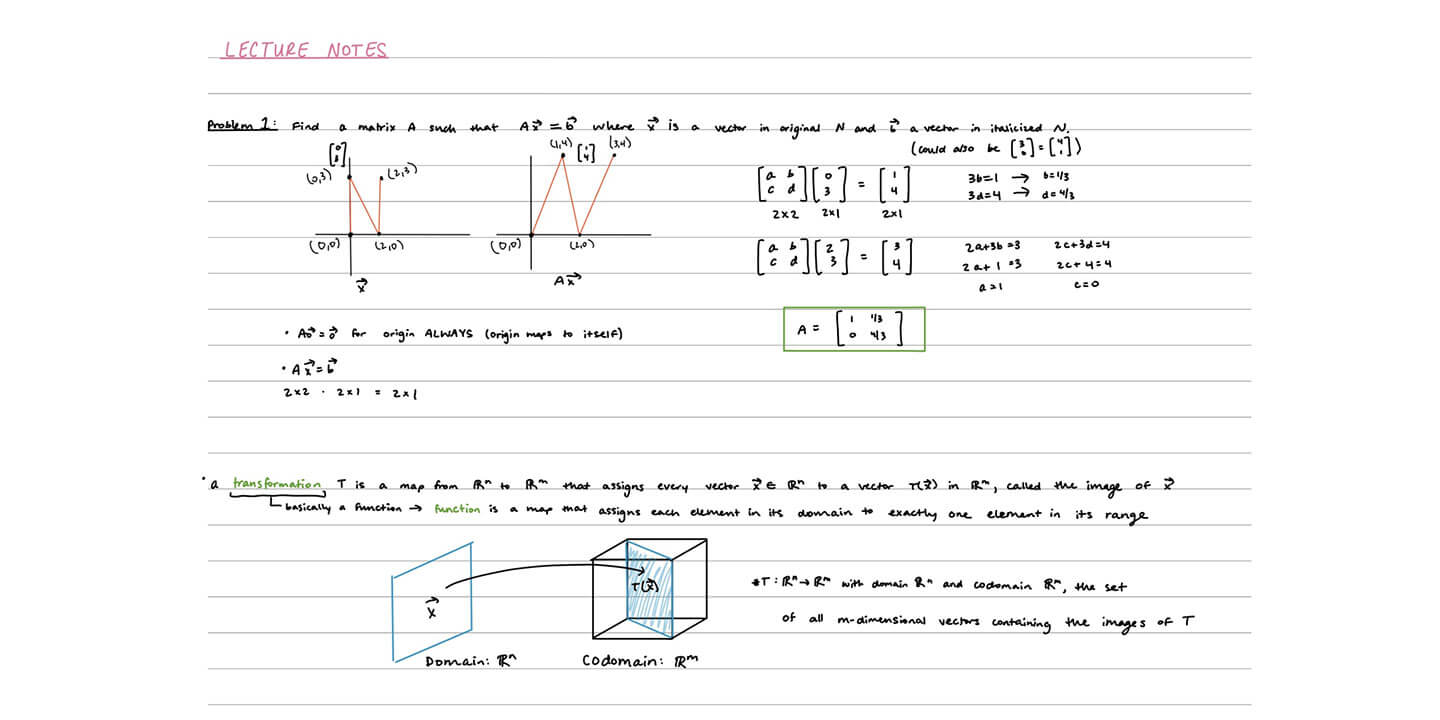
Mastering Your Master’s Degree
So, you’re thinking about a master’s degree. Or maybe you’ve already started one. Either way, welcome! You’re in good company.
I entered college knowing I wanted to apply for my school’s five-year Master’s of Education program—but honestly? It was still scary.
Course planning, advisor meetings, recommendation letters, and essays were all part of the climb. When the long-awaited acceptance finally arrived (yay!), I felt like I’d climbed a mountain.
But then came the reality check: I still had to complete the program. Cue the overwhelm.
Master Your Master’s
Whether you’re at the beginning or somewhere in the middle, you’re probably feeling a mix of excitement, nerves, and questions. The good news? You’re not alone.
Here are some tips I’ve learned that can help you not just survive but master your master’s.
Know Your Why
Before anything else, ask yourself why you’re pursuing this degree. Is it to deepen your expertise? Pivot your career?
Your “why” will guide you in choosing the right program and opportunities. Importantly, it will also keep you motivated through challenges.
Make sure your path reflects your goals—not just what seems like the “next step.”
Adjust Your Mindset
Grad school isn’t undergrad 2.0. Expectations are higher, and the learning is more self-directed. You’re not just absorbing knowledge anymore—you’re contributing to it.
You’ll lead discussions, apply theory, and think like a future leader in your field. Passive participation won’t cut it.
Be your own advocate, seek help when needed, and navigate uncertainty with confidence. The earlier you embrace this shift in mindset, the more empowered you’ll feel.
Schedule in Structure
Organization is everything. Grad school assignments are often long-term and not built for last-minute cramming.
Use your planner, calendar, or apps to break big projects into small tasks. Schedule time for deep focus—and for rest.
My favorite tip? A “Friday Reset”: spend fifteen minutes reviewing your week and prepping for the next. Small habits like this can keep you grounded and on track.
Build Relationships
Grad school can feel isolating, especially if your social circle shifts. I stayed an extra year at my university while friends graduated, and I felt that loneliness. But building connections in my program helped immensely.
Your peers share your goals (and your fears). Invest in those relationships.
Take Care of You
Be gentle with yourself along the way. Despite my preparation, I struggled with imposter syndrome when I started student teaching. I regained confidence by reminding myself that I’m still a student and new challenges are opportunities to learn.
You might start your program focused on one career path only to discover a new passion. That’s not failure; that’s growth.
Sustain Your Success
Pursuing a master’s is a decisive step. Whether you’re still considering it or are already enrolled, remember that you’ve already chosen growth—and that process requires sustainability.
By knowing your purpose, participating proactively, and planning your time, you can stay ahead of the overwhelm. Building relationships and taking care of yourself will make that success sustainable.
Now go out there and master your master’s!
Do you have a compelling story or student success tips you’d like to see published on the Pearson Students blog? If you are a college student and interested in writing for us – click here to pitch your idea and get started!







